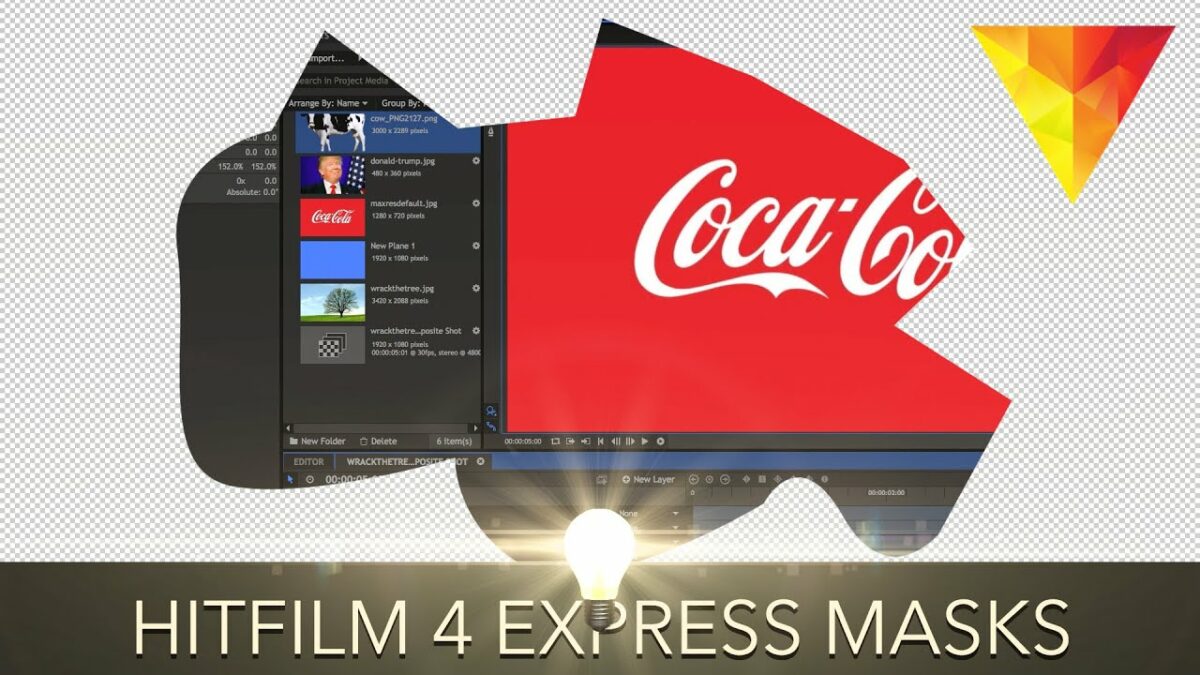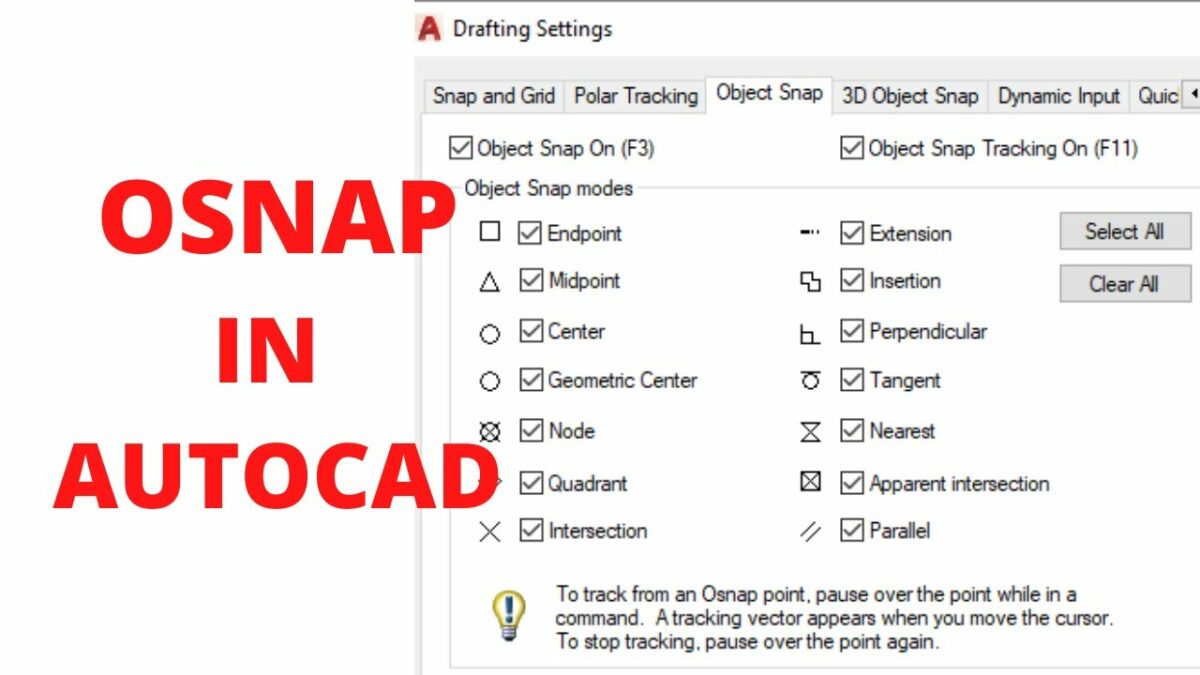Introduction: Video masking is a powerful technique used in filmmaking and video editing to selectively reveal or conceal portions of video footage. It allows editors to create complex visual effects, composites, and transitions by isolating specific areas of the frame and applying effects or adjustments to them independently. HitFilm Express, a free video editing and visual effects software, offers robust masking tools and features to empower creators to unleash their creativity and produce professional-quality videos. In this comprehensive guide, we’ll delve into the intricacies of masking video layers in HitFilm Express, covering techniques, workflows, and expert tips to help you master this essential aspect of visual storytelling and post-production.
Understanding Video Masking in HitFilm Express: Video masking in HitFilm Express involves creating masks or shapes to define areas of transparency or opacity within video layers. These masks can be used to isolate subjects, create visual effects, composite multiple layers, or apply targeted adjustments to specific regions of the frame. HitFilm Express provides a variety of masking tools, including geometric shapes, freehand drawing tools, and tracking capabilities, enabling editors to achieve precise and intricate masking effects. By mastering video masking techniques in HitFilm Express, you can elevate the visual quality and creativity of your videos, unlocking endless possibilities for artistic expression and storytelling.
Step-by-Step Guide to Masking Video Layers in HitFilm Express:
- Import Your Footage: Start by importing your video footage into HitFilm Express. You can do this by navigating to the Media panel, right-clicking, and selecting “Import” to import your video files into the project.
- Create a New Composite Shot: Once your footage is imported, create a new composite shot by right-clicking in the Media panel, selecting “New” > “Composite Shot,” and specifying the desired settings, including resolution, frame rate, and duration.
- Add Your Video Layers: Drag and drop the desired video clips onto the timeline in the composite shot. Arrange the video layers in the order you want them to appear, with the layer you want to mask at the top of the layer stack.
- Add a Mask Layer: To create a mask layer, click on the “New Layer” button in the timeline, select “Plane,” and choose the desired shape or type of mask from the dropdown menu. Alternatively, you can use the masking tools in the Controls panel to draw custom masks directly on the video layer.
- Adjust the Mask Shape: Use the controls and handles in the Viewer panel to adjust the shape, size, and position of the mask to cover the desired area of the video layer. You can also use the Transform controls in the Controls panel to scale, rotate, or reposition the mask as needed.
- Refine the Mask Edges: To create smooth and precise mask edges, adjust the feather, expansion, and opacity settings in the Controls panel. Feathering softens the edges of the mask, while expansion adjusts the size of the masked area, and opacity controls the transparency of the masked region.
- Animate the Mask (if desired): To create dynamic and animated mask effects, use keyframes to animate the position, shape, or properties of the mask over time. Use the timeline and keyframe controls in the Controls panel to create smooth and natural-looking mask animations.
- Track the Mask (if necessary): HitFilm Express offers tracking capabilities that allow you to automatically track the movement of objects or subjects within the frame and apply the mask accordingly. Use the tracking tools in the Controls panel to track the mask to the desired target.
- Apply Effects or Adjustments (if desired): Once the mask is created and applied to the video layer, you can apply effects or adjustments to the masked area independently. Use the Effects panel to add visual effects, color corrections, or transformations to the masked region to achieve the desired look and effect.
- Preview and Fine-Tune: After creating and applying the mask and effects, preview the composite shot to assess the visual impact and quality of the masking effect. Make any necessary adjustments to the mask shape, properties, or effects settings to refine the effect and achieve the desired result.
- Export Your Project: Once you’re satisfied with the masking effect, export your project by selecting File > Export > Export Composite Shot. Choose the desired export settings, including format, resolution, and bitrate, and click Export to render the final video with the masking effect applied.
Tips and Best Practices for Masking Video Layers in HitFilm Express:
- Plan Your Masking Effect: Before creating a mask in HitFilm Express, plan out the desired masking effect and visual outcome. Determine the areas you want to reveal or conceal, as well as any effects or adjustments you want to apply to the masked region.
- Use Multiple Masks for Complex Effects: To create complex masking effects, consider using multiple masks on the same video layer or combining multiple layers with different masks. This allows for greater flexibility and precision in creating intricate masking effects and composites.
- Experiment with Masking Tools and Techniques: HitFilm Express offers a variety of masking tools and techniques, including geometric shapes, freehand drawing tools, and tracking capabilities. Experiment with different tools and techniques to find the most suitable approach for your masking effect.
- Refine Mask Edges for Realism: Pay close attention to the edges of your masks to ensure smooth and natural transitions between the masked and unmasked areas. Adjust the feather, expansion, and opacity settings to achieve realistic and seamless masking effects.
- Animate Masks for Dynamic Motion: To create dynamic and engaging masking effects, animate the masks over time using keyframes. Use keyframe animation to reveal or conceal areas of the frame, create transitions, or follow the movement of objects within the scene.
- Track Masks for Motion Tracking: Take advantage of HitFilm Express’s tracking capabilities to automatically track the movement of objects or subjects within the frame and apply the mask accordingly. This allows for more accurate and precise masking effects, especially in scenes with moving elements.
- Preview Frequently and Iterate: Preview your masking effect frequently while working in HitFilm Express to assess its visual impact and quality. Make any necessary adjustments to the mask shape, properties, or effects settings to refine the effect and achieve the desired result.
- Seek Inspiration and Feedback: Look for inspiration from films, videos, and visual effects artists to discover creative ways of incorporating masking effects into your projects. Share your work with colleagues, friends, or online communities to gather feedback and insights on your masking compositions.
Conclusion: Masking video layers in HitFilm Express is a versatile and powerful technique that allows editors to create stunning visual effects, composites, and transitions in their videos. With its robust masking tools and features, HitFilm Express empowers creators to unleash their creativity and produce professional-quality videos with ease. By following the steps outlined in this comprehensive guide and embracing best practices, you’ll be well-equipped to master the art of masking video layers in HitFilm Express. Whether you’re editing films, music videos, commercials, or vlogs, HitFilm Express offers the flexibility, precision, and creativity you need to create captivating masking effects that elevate the visual quality and storytelling of your videos. So, dive in, experiment fearlessly, and let your creativity shine as you explore the endless possibilities of masking video layers in HitFilm Express.


